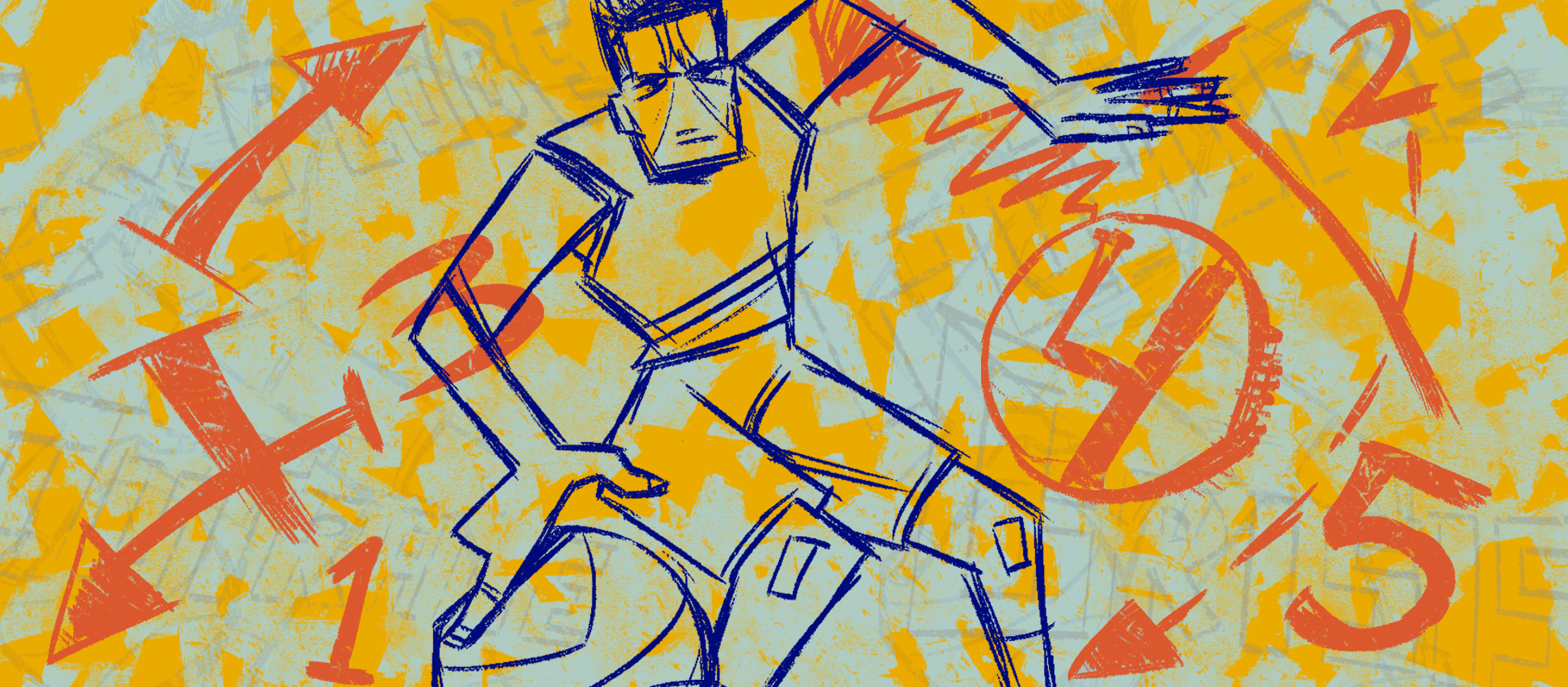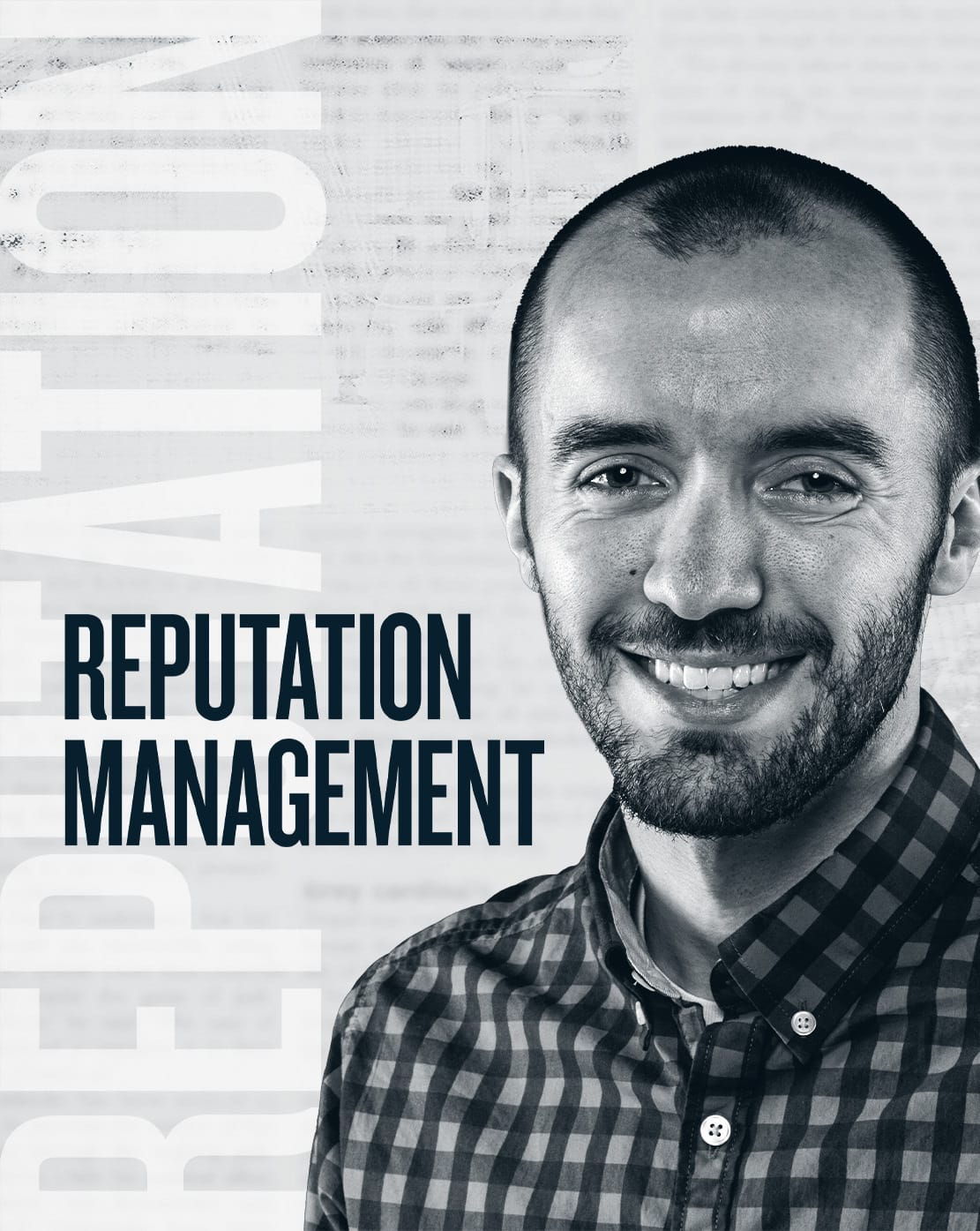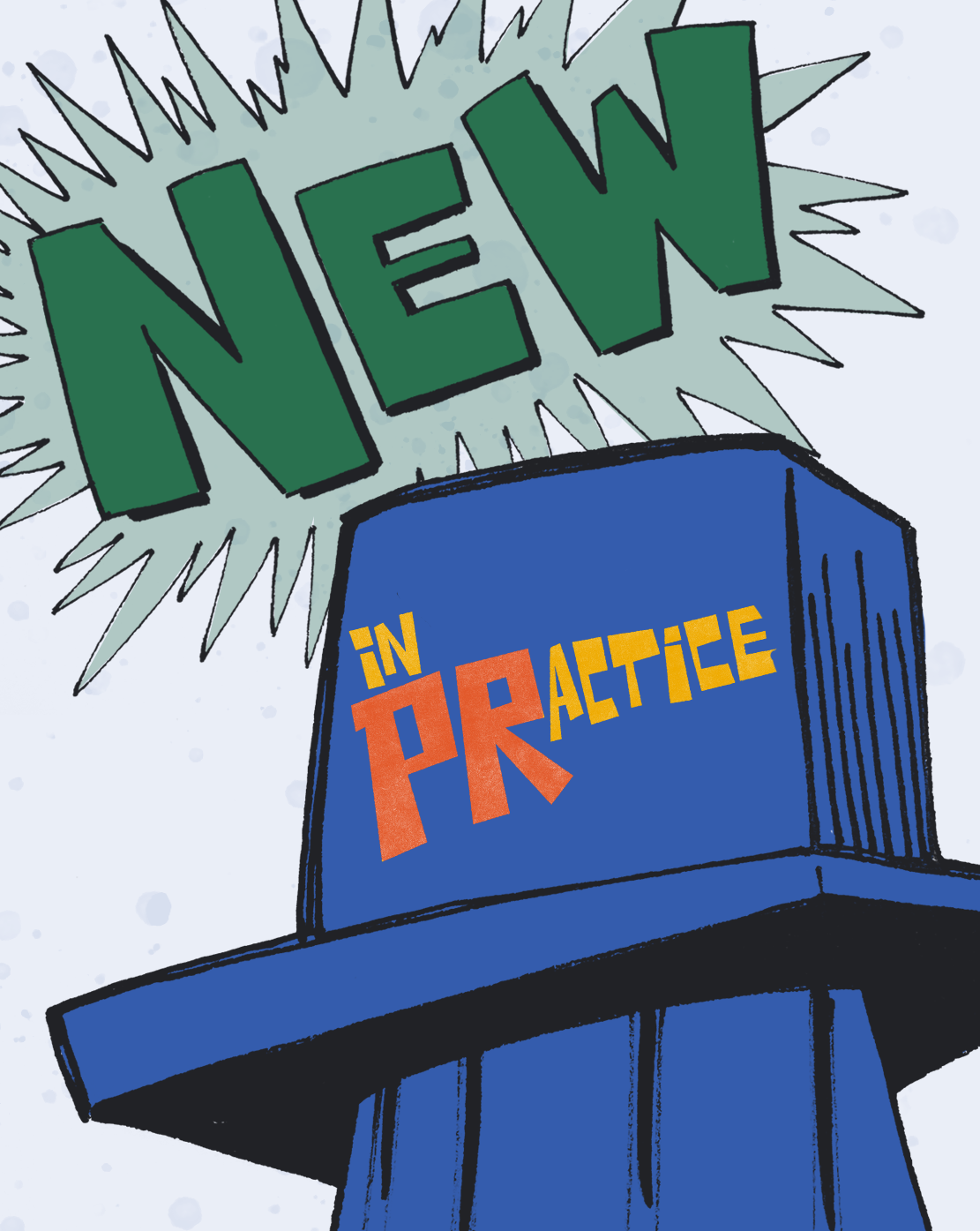
Preparing And Reacting: The Anatomy Of A Brand Crisis
How Preparing for the Worst Can Be The Best Thing for a Brand
When Milwaukee Bucks star Giannis Antetokounmpo catches a pass on the wing, sizes up his defender, then explodes past him to the hoop for an enormous dunk, we all watch in awe. It’s just raw talent, right? Sure, that’s part of it. But that doesn’t tell the whole story. We don’t see the 5:00 a.m. leg workouts, the hours of film study, and the countless dribbling drills. He’s prepared. The same goes for the response to a PR crisis. When a brand responds in the midst of turmoil, it may look seamless, but the best brands respond well because they prepare.
Jennifer Giglio, the VP of Communications for the Washington Nationals pro baseball team has said that when you’re responding to a crisis as a brand, you need to answer these three questions:
1. What do you stand for?
2. What are you doing right now to fix the problem?
3. What are you going to do in the future to be better?
That seems simple enough. But like facing an opponent on the court, so much more happens behind the scenes to prepare for that moment. What does your company stand for? How did you identify the crisis in the first place? Who should be speaking? What media channels are they using to communicate? Those 5:00 a.m. workouts, if you will, come in the form of dedicated crisis planning, which has never been more important than in the socially driven outrage culture of today.
We at EPIC have a core system we use to coordinate and execute a crisis management plan, but we’re always looking for ways to improve it based on real-world case studies. As we’ve studied different crisis responses in the news over the years (“watching game film,” if you will), we see time and again that many of the effective responses answer those three questions. Some statements even directly address all three, like
this one from Starbucks.
But what’s the alternative to crisis planning? In short, it’s likely that you could make a bad situation worse. If you’re not prepared, you’ll likely come across as disorganized, but what’s worse is that you could escalate the problem. When businesses grasp for straws when they’re in a crisis, they appear selfish and tone-deaf, like this CEO in a classic PR gaff. He’s essentially chugging bottled water during a press conference while his town battles a water crisis.
“If you’re not prepared, you’ll likely come across as disorganized, but what’s worse is that you could escalate the problem.”
But no one is immune to the threat of brand crisis, not even ad agencies. At EPIC, we protect our own brand by taking the same precautions that we recommend to our clients. We anticipate issues, develop messaging, and prepare a small group of spokespeople to be at the ready at all times. The process is in place.
Making it “look easy” comes with practice, it comes with reps, and it comes with having a plan. If you prepare well, you’ll be able to mitigate a disaster and look like a hero.
Recommended







